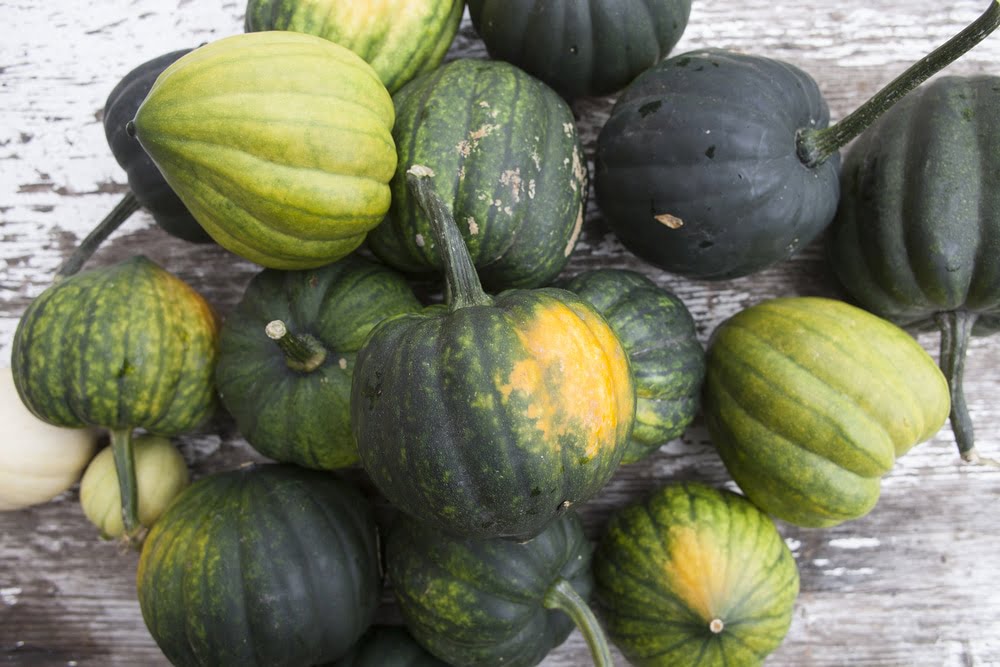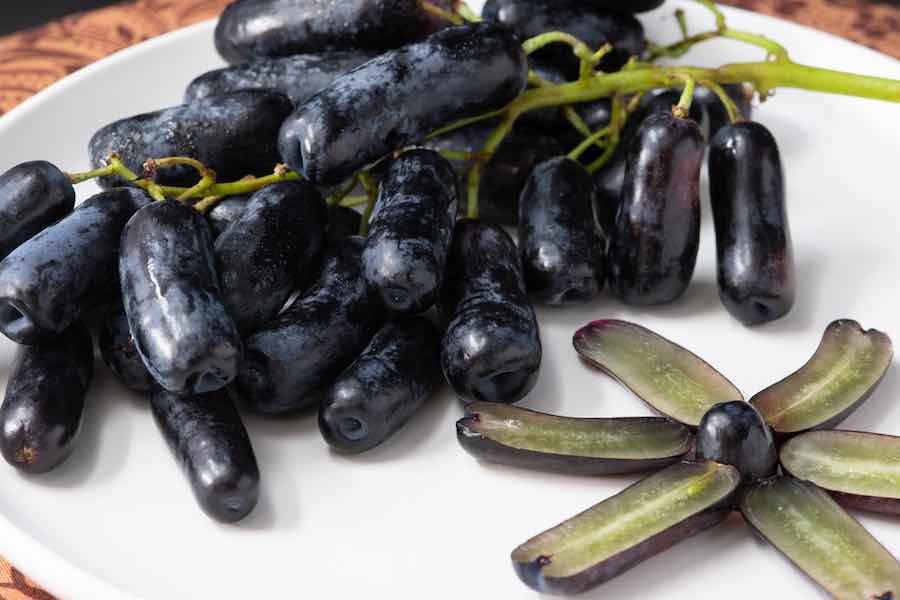You’re in for a treat! Have you ever wanted to bring home the perfect acorn squash to add a touch of autumn to your meals? Wonder no more, as we’ll guide you through identifying a ripe acorn squash with ease. From its vibrant outer skin to its firmness when touched, we’ll unravel the secrets to spotting a perfectly ripe acorn squash. Get ready to impress your friends and family with your newfound expertise in choosing the best squash for your kitchen endeavors!

Characteristics of a Ripe Acorn Squash
Acorn squash is a delightful vegetable, widely known for its distinctive shape and rich flavor. When it comes to selecting a ripe acorn squash, there are several key characteristics to consider. By paying attention to the color, texture, weight, sound, and stem appearance of the squash, you can ensure that you are choosing a squash that is perfectly ripe and ready to be enjoyed. Let’s dive deeper into each of these characteristics and learn how to identify a ripe acorn squash.
Color
The color of an acorn squash can be a great indicator of its ripeness. A ripe acorn squash typically has a dark green or orange color, depending on the specific variety. However, the overall color is not the only aspect to consider.
Overall Color
When examining the overall color of an acorn squash, look for a vibrant hue. A ripe acorn squash will have a deep, consistent color that is evenly distributed throughout its surface. Avoid squash that has a dull or faded appearance, as this can be a sign of an unripe or overripe squash.
Spotting
In addition to the overall color, it’s important to inspect the squash for any spotting. While minor spotting is normal and does not necessarily indicate spoilage, excessive or moldy spots should be avoided. Opt for squash that is mostly free from blemishes, as this indicates better freshness and flavor.
Texture
The texture of an acorn squash can provide valuable clues about its ripeness. By gently applying pressure and feeling the surface of the squash, you can assess its texture.
Smoothness
A ripe acorn squash will have a smooth and firm skin. Run your hand along the surface of the squash, checking for any soft or overly wrinkled spots. Avoid squash that feels mushy, as this indicates that it may be past its prime.
Tenderness
While acorn squash should have a firm texture, it should also exhibit a slight give when pressed. Carefully press your finger into the squash and gauge its resistance. If the flesh feels too rigid, the squash may not be fully ripe. On the other hand, if it feels too soft or mushy, it may be overripe. Look for a balance between firmness and tenderness, indicating the ideal ripeness.
Weight
Weight is another factor that can help determine the ripeness of an acorn squash. A ripe acorn squash should have a weight that feels substantial for its size. As you hold the squash in your hand, it should feel heavy and dense. This signifies that the squash is filled with flesh and has a higher chance of being ripe. If the squash feels unusually light or hollow, it may be underripe or lacking in flavor.

Sound
Believe it or not, sound also plays a role in identifying a ripe acorn squash. Give the squash a gentle shake next to your ear and listen for any sounds.
Acorn squash with seeds rattling inside may indicate that it is fully mature and ready to be enjoyed. However, if there is no sound or the sound is faint, it may signify that the squash is not yet ripe. Keep in mind that this method should be used in conjunction with other ripeness indicators to ensure accuracy.
Stem Appearance
The stem appearance of an acorn squash can provide valuable information about its ripeness. Pay close attention to both the color and firmness of the stem.
Stem Color
A ripe acorn squash typically has a dry, brown stem. If the stem is green or has any signs of moisture, it may indicate that the squash is not yet fully ripe. Inspect the stem closely and opt for squash with a mature, brown stem.
Stem Firmness
As you examine the stem, gently touch and feel its firmness. A ripe acorn squash will have a firm stem that is not easily bent or snapped off. If the stem feels mushy or brittle, it may be an indication that the squash is not at its optimal ripeness.

Tapping
While it may seem unusual, tapping on an acorn squash can provide insight into its ripeness. By lightly tapping the squash with your knuckles, you can listen for a specific sound.
A ripe acorn squash will produce a deep, dull thud when tapped. This indicates a firm and dense flesh inside. Conversely, an unripe squash will produce a hollow or high-pitched sound, suggesting that it may need further time to ripen. Keep in mind that this method should be used in conjunction with other ripeness indicators for accuracy.
Smell
The aroma of an acorn squash can be surprisingly informative when it comes to determining its ripeness. Gently bring the squash close to your nose and take a deep breath.
A ripe acorn squash will emit a slightly sweet and earthy scent. If the squash has a strong, unpleasant odor or lacks any discernible aroma, it may be an indication that it is not yet fully mature. The smell test can be a helpful tool in determining the readiness of an acorn squash.

Cutting the Squash
Once you have selected a seemingly ripe acorn squash using the aforementioned characteristics, it’s time to put it to the ultimate test – cutting it open.
Carefully slice the squash in half, lengthwise, and observe the flesh. A ripe acorn squash will have a rich, vibrant color on the inside, matching the exterior. The flesh should be firm but easily cut through, indicating its optimal ripeness.
Taste Testing
Finally, the most enjoyable part of determining the ripeness of an acorn squash – the taste test. After cooking the squash, take a bite and savor its flavor.
A ripe acorn squash will have a naturally sweet, nutty, and slightly earthy taste. The flesh should be tender and easily melt in your mouth. If the squash lacks flavor or has a bland taste, it may have been harvested too early or be past its prime.
Remember, selecting a ripe acorn squash is an art that requires careful observation and consideration. By utilizing the color, texture, weight, sound, stem appearance, tapping, smell, and taste test methods, you can confidently identify a perfectly ripe acorn squash. So next time you venture to the grocery store or farmers’ market, armed with this knowledge, you’ll be able to choose the best acorn squash to elevate your culinary creations. Enjoy!




